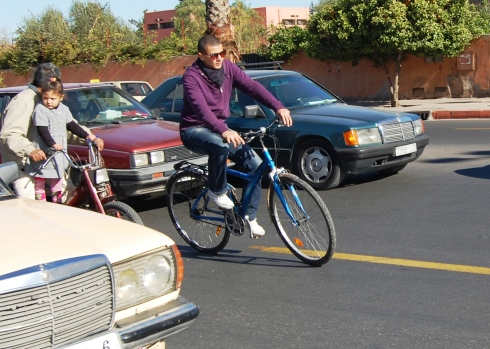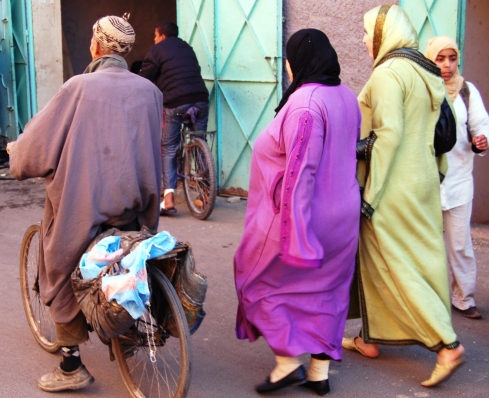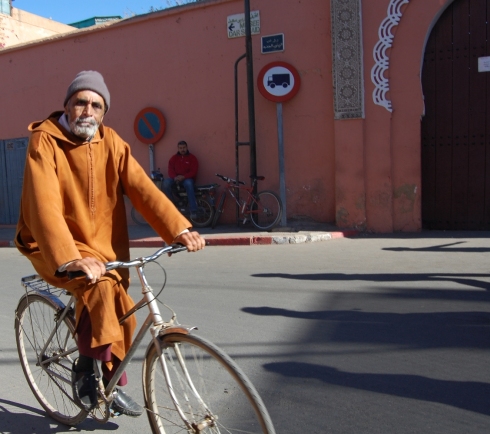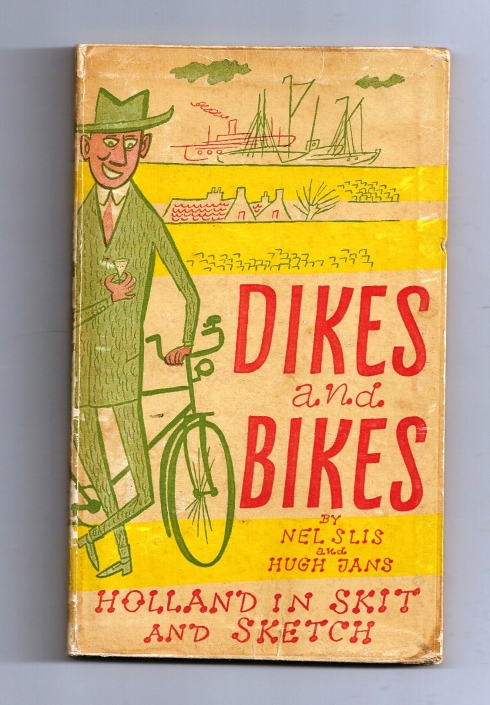Georgia Scott’s first bike was called the pink crocodile; it was a child’s racer bike, coloured pink (obviously), with a crocodile sticker on the frame. She chose it for the crocodile; not for the colour.
From the age of 7, Georgia always cycled the two minute trip from her house to Sandford National Primary School. On Fridays, her father would cycle with her and ask questions on current affairs all the way to the classroom door. Georgia’s school organized Current Affairs Quizzes each Friday, and since the Scotts did not have a television, Georgia’s father – a University Professor – had to find other ways to get his daughter informed enough to participate. As a result of their talks, Georgia regularly got to a top position.
Today, Georgia has outgrown the pink crocodile. But she has never outgrown cycling. Together with her mother – fashion designer Nicola Orriss – Georgia is showing cycling is still cooler than snow-covered Dublin. Georgia and Nicola have their own fashion label: “Georgia in Dublin”, with rainwear especially suitable for cyclists. After a grand premiere at Cork Cycle Chic a year ago, their fashion is now sold by bike shops in Munich, Berlin, London and Dublin. And there are more European cities to come.
Last week, Georgia was shooting photos at the graffiti walls of Windmill Lane. She had chosen the graffiti art, which reminds her of Alice in Wonderland’s garden of live flowers, as the background for her label’s new mohair garments.
At the shoot, while seeking out the background for a yellow top, Georgia spotted a bicycle within the graffiti artwork; on a fluorescent pink road, through lime green fields, a figure with a waistcoat and high heels was cycling towards a sun. The graffiti text sprayed on the concrete below said:
‘Every form is a base for colour, every colour is the attribute of a form’ .
But Georgia, of course, already knew this.















































































